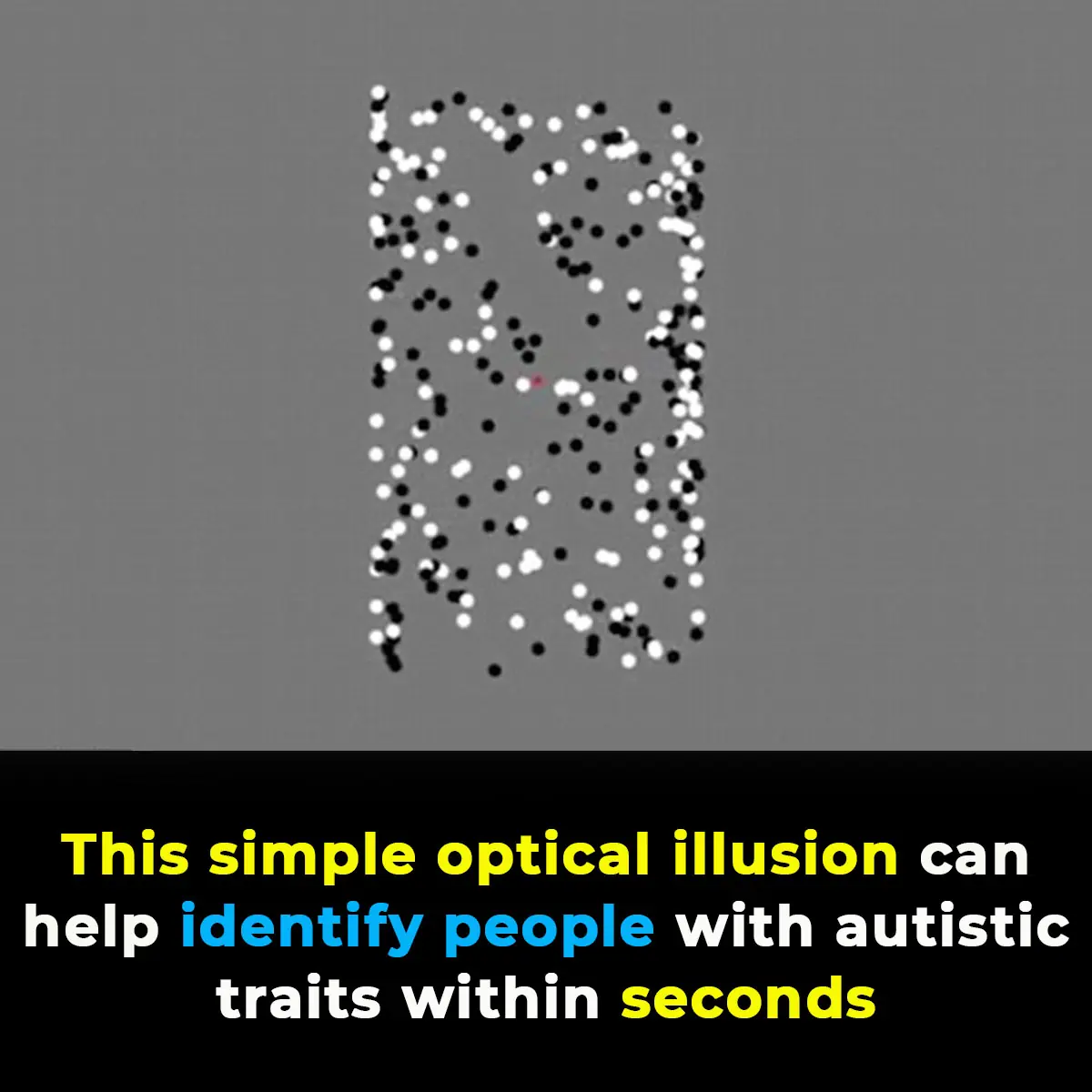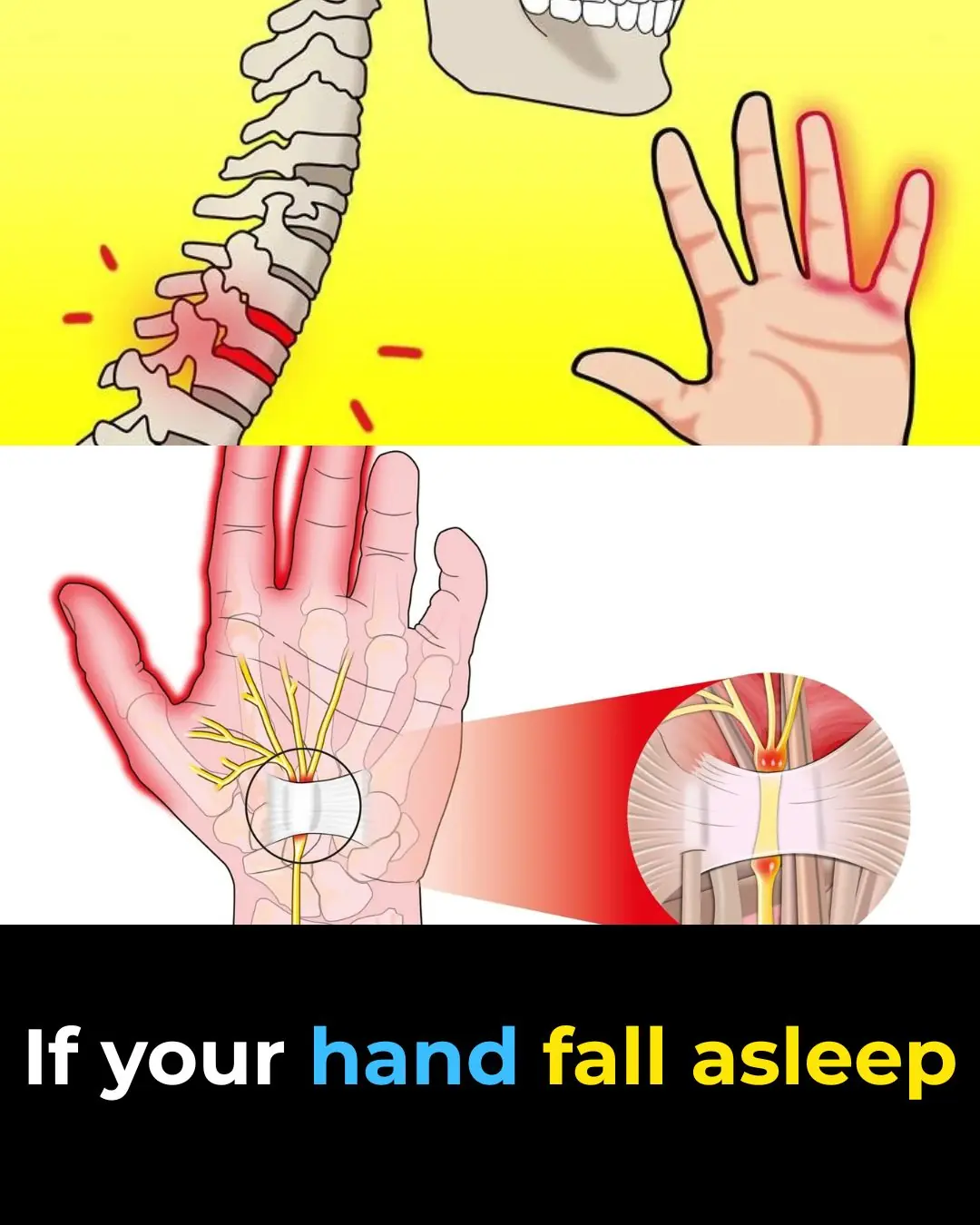
This optical illusion may help identify autistic traits in seconds

In recent years, researchers have been delving into various methods to improve the understanding and detection of Autism Spectrum Disorder (ASD). One innovative approach involves a new optical illusion that could offer valuable insights into the cognitive differences linked to ASD. By studying how individuals perceive the movement of black and white dots, scientists aim to explore the detail-oriented thinking often associated with those on the autism spectrum.
Understanding Autism Spectrum Disorder (ASD)
ASD is a neurodevelopmental condition characterized by challenges in social communication and interaction, along with repetitive behaviors, interests, or activities. Common symptoms include difficulty with social interactions, a preference for restricted interests, repetitive actions, sensory sensitivities, and challenges with communication and language.
The signs of ASD typically manifest during the first two years of life, although some individuals may not be diagnosed until later. According to the Centers for Disease Control and Prevention (CDC), approximately 1 in 36 children in the U.S. were diagnosed with ASD in 2020. While many traits are associated with autism, exhibiting some of them doesn’t necessarily indicate the presence of the disorder. Recognizing these traits early can help lead to earlier diagnoses, which in turn can improve treatment outcomes.
The Role of Attention to Detail
A key characteristic in individuals with ASD is their heightened attention to detail, often focusing on specific elements rather than grasping the overall context. This cognitive style is commonly associated with a preference for routine, specialized interests, and heightened sensory awareness. Understanding this aspect in more depth can provide valuable insights into the mechanisms underlying ASD.
The Optical Illusion and Its Insights
The optical illusion being studied involves black and white dots, which can either be perceived as two separate sheets moving in different directions or as a column that appears to spin. This visual test helps researchers observe variations in how individuals with and without ASD process information.
If you see the dots as two sheets moving independently, it indicates a focus on individual shades, viewing each part as distinct elements—this is a detail-oriented perspective. On the other hand, if you interpret the illusion as a spinning column, you are seeing the larger picture, recognizing the illusion as a single system. In this case, one shade (typically white) appears to move across the column’s surface, flipping at the edge and changing to the other shade (black) on the inner side. People with ASD-related traits are more likely to focus on the separate sheets, but it’s important to note that simply seeing it this way does not automatically indicate ASD.
The Study
Researchers conducted a study with 50 adults who had no ASD diagnosis. Rather than asking the participants what they saw, the researchers monitored their eye movements. If they were focused on the two layers as separate details, their pupils would flicker as they adjusted to the two different shades of light. The participants were then asked to fill out a questionnaire designed to assess other autism-related traits.
Findings and Their Significance
As anticipated, the group that tended to focus more on the details, seeing the illusion as two separate sheets, also scored higher on other autism-related traits. However, it’s important to emphasize that this is not a diagnostic tool, and diagnosing participants was not the objective of the research. The primary aim was to understand how a brain affected by ASD processes visual information and to correlate this with other indicators to potentially help predict ASD.
These findings suggest that the detail-oriented nature of individuals with ASD extends to how they process visual information. The optical illusion offers a unique glimpse into the cognitive differences associated with ASD. This research could eventually contribute to the development of new diagnostic tools and interventions.
Conclusion
The use of optical illusions to explore visual perception has provided a compelling look at the cognitive processes linked to Autism Spectrum Disorder. By shedding light on the attention to detail trait, researchers are moving closer to understanding the complexities of the disorder. Continued investigation in this field could lead to improved diagnostic methods and more targeted interventions, ultimately benefiting those on the autism spectrum.
News in the same category


Warning Symptoms of Vitamin B12 Deficiency and How to Fix It

Tingling Sensation In Your Body: Why Does It Happen

High Blood Sugar Warning Signs

Top Signs of Iron Deficiency and How To Increase Iron Levels In Your Blood

Doctors Suspected Baby Had Mouth Tumor—The Shocking Truth Left Them Speechless

Why Some People Never Break A Bone—3 Wild Theories Explained

JAW DROPPING SIMULATION SHOWS WHAT HAPPENS TO YOUR BODY WHILE FASTING FOR 36 HOURS TO ACHIEVE 'FULL RESET'

6 Health Benefits of Sleeping In a Cold Room and How to Make it Cooler- And Why You May Not Want to Use a Fan

Dentists Explain What Those Black Triangles Are Between Your Teeth

Pressure Points in Your Feet: Use This Foot Massage Chart for Pain Relief

8 Ways To Get Rid Of Phlegm And Mucus In Chest And Throat

Doctor Reveals Surprising Thing That Occurs When You Don’t Eat – and It’s The ‘Opposite’ of What Most People Think

10 Signs You May Have Kidney Disease

This is what sleeping on the left side does for our brain, stomach & glymphatic health

This Is What Happens When You Eat Too Much Sugar—#7 Will Sh0ck You!
Learn to recognize the red flags of sugar overload before it sabotages your health

Heart Surgeon Reveals 4 Foods You Should ‘Always Avoid’ That Will ‘Poison’ Your Body

Natural Skin Care: What Can You Try To Remove Age Spots, Moles, Skin Tags, Warts, And Blackheads?

10 Signs You’re Living With Clogged Arteries
News Post

My MIL Gave My Husband Papers to Divorce Me as a Birthday Gift – What He Did Next Left Everyone Speechless

I Came Home to Find My Kids Sleeping in the Hallway — What My Husband Turned Their Bedroom into While I Was Away Made Me Feral

My Ex-MIL Demanded Receipts for Every Dollar of My Child Support Payments That I Spend

After his wife’s funeral, a father, devastated by grief, took his son to the sea to distract him.

Fake Honey Is Taking Over Store Shelves — Here’s How to Tell What’s Genuine

Daddy, that waitress looks just like Mommy!” The words hit James Whitmore like a shockwave. He turned sharply—and froze. His wife had died.

Experts claim mankind will die in world-ending ‘cosmic hell’ revealing the exact time the horrific event will occur

— Where did such a huge bill come from? Honey, are you sure no one is stealing our electricity?” I asked in surprise.

Swap apartments temporarily with my daughter! She just had a son!” — the mother-in-law “forgot” that temporarily means forever

Parents plan funeral for 10-yr-old with cancer – She then opens her eyes and says something that leaves them stunned

After I Saw The Baby My Wife Gave Birth To, I Was Ready To Leave Her — But Then She Said, “There’s Something I Need To Tell You.”

Medicinal Health Benefits of Garlic (Raw, Supplement) – Science Based

Mom Sells Old Stroller to Feed 4 Kids, Finds It on Her Doorstep the Next Day with Note Inside – Story of the Day
A pregnant mother of three needs to sell her stroller to feed her three children after she was abandoned by her husband.

A Father’s Redemption: How One Dad’s Love Gave His Disabled Daughter a Future Beyond Her Dreams
Prom Night Miracle: Devoted Dad Takes Disabled Daughter to Prom—Then Finds a $10K ‘Dad of the Year’ Surprise!

He Wouldn’t Take Off His Hat In Class—But When I Found Out Why, Everything Changed

THEY SAID I COULDN’T KEEP MY JOB AND RAISE HER—SO I TOOK HER ON THE ROAD

A Stranger Yelled At My Daughter In Public—So I Made Sure She Got What She Deserved

My Cousin Got A Job At My Ex’s Restaurant—And Then Sent Me A Photo Of What He Found In The Walk-In

Warning Symptoms of Vitamin B12 Deficiency and How to Fix It
